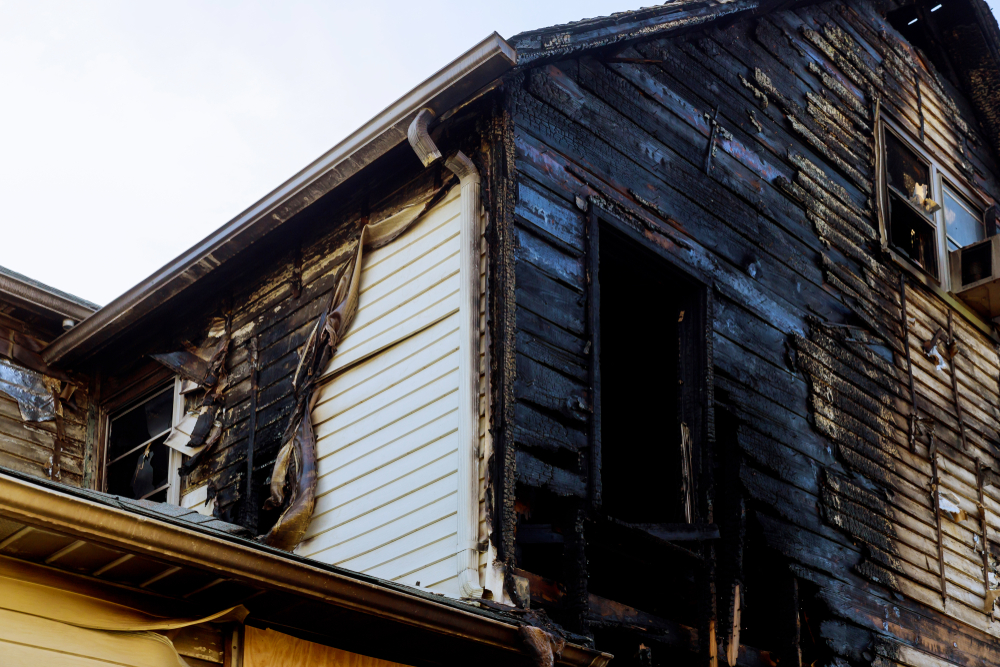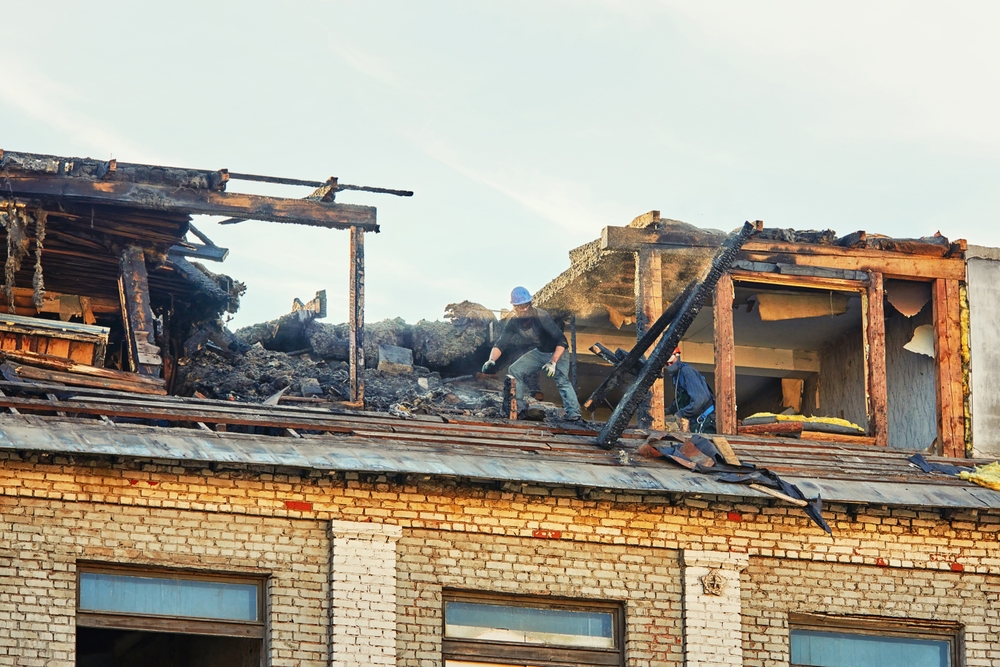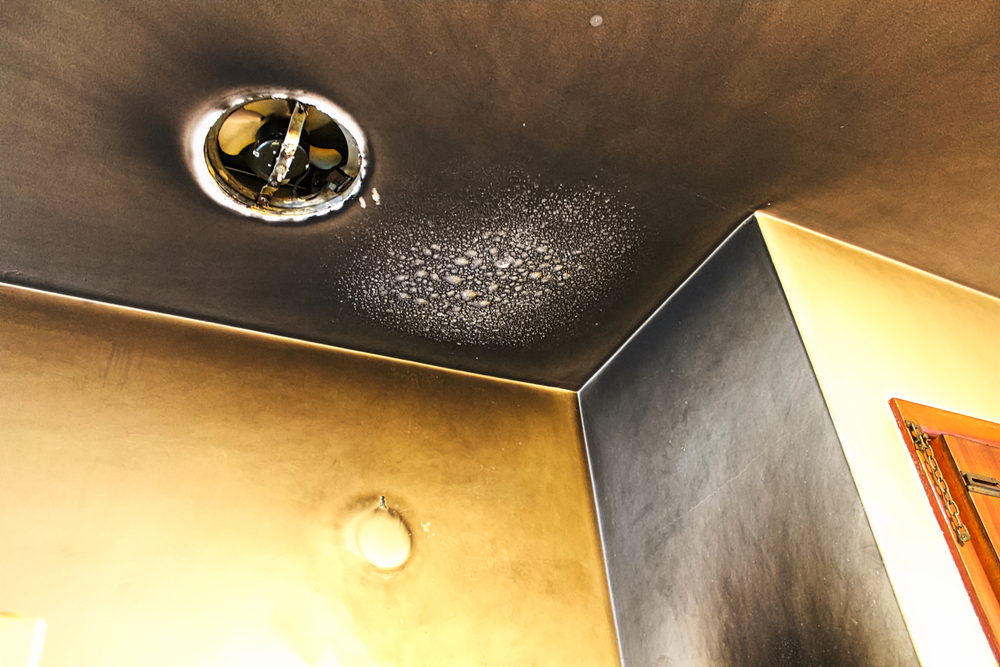Fire is one of the most devastating disasters that can strike a home. While the immediate flames and smoke are alarming, the damage left behind can linger far beyond what meets the eye. Fire damage doesn’t just destroy furniture or leave soot stains; it can severely compromise your home’s structural integrity, creating hidden dangers that put your family’s safety at risk. The aftermath of a fire can be both visually and structurally overwhelming, affecting numerous aspects of a home’s stability and safety. This guide will explore how fire damage can affect your home’s structural integrity, the warning signs of damage, and why professional assessment and repairs are essential for restoration, highlighting the critical steps homeowners must take to safeguard their living spaces.
How Fire Damages Structural Integrity
The consequences of a fire are broad. Destruction is left behind by the great heat, flames, and even firefighting actions. Beyond the evident damage, fire weakens the very foundation of your house and increases its susceptibility to more deterioration. Let’s dissect the process of fire damage:
Direct Heat Damage
A fire’s heat can either damage or ruin important structural parts:
- Wooden Support Beams, Joists, and Studs: Fire chars wood, greatly compromising its strength. Even partially burned beams might not be able to support the same weight, which would cause over time collapses. Furthermore compromising the durability of the wood is the degradation of its internal fibers resulting from overheating.
- Metal Components: Heat can warp or distort metal components—such as steel beams—which would make them unstable. Once distorted, metal components sometimes lose their capacity to bear structural loads. Extended high temperature exposure can even lead to metal fatigue, so undermining its fundamental importance in the construction.
- Load-Bearing Walls: The heat can cause instability by weakening the components of your house-keeping walls. There is great risk since these walls might not be able to support the intended use. Although internal damage reduces their load-bearing capacity, their surfaces would seem to be intact.

Water Damage from Firefighting Efforts
Fighting a fire sometimes requires pouring lots of water, which can cause extra structural problems:
- Saturation of Wood: Waterlogged wooden beams and flooring are vulnerable over time to rot and decay. Furthermore weakening the material is mold invited by moisture. Particularly if drying operations are delayed, water intrusion into structural layers can hasten deterioration.
- Weakened Structural Supports: Extended water exposure may compromise the integrity of both wooden and metal components, so lowering their load-bearing capacity. Unchecked moisture can also aggravate metal part damage by causing corrosion.
Hidden Damage
Not all fire damage is immediately obvious. Some of the most dangerous structural flaws lurk out of sight:
- Charring Within Wall Cavities: Fire can burn the inside of walls or underneath floors, leaving key regions weakened without evident exterior evidence. This hidden charring might spread deeper than early checks reveal.
- Damaged Connectors and Fasteners: The screws, nails, and brackets holding your home together may lose strength due to heat or rust. These aspects are sometimes disregarded yet are crucial for structural cohesiveness.
- Compromised Insulation and Non-Structural Materials: Damaged insulation can allow structural components to degrade faster owing to heat, moisture, or pests. Inadequate insulation can also leave structural elements more vulnerable to environmental damage.
Signs of Structural Damage After a Fire
Detecting structural problems early helps avert future calamities. Watch for these indicators after a fire:
- Cracks in Walls, Floors, and Ceilings: Cracks may signal shifts in the structure or weakening components. Large or expanding fissures demand rapid care.
- Sagging Floors or Ceilings: This generally points to compromised beams or supports. Uneven surfaces can signify deeper structural issues that need expert study.
- Doors and Windows That Stick: Misaligned frames would indicate a warped or displaced construction. Frequent alignment problems might point to underlying movement.
- Uneven Settling of the Foundation: A faulty foundation could cause some of the house to tilt or sink. Signs to be addressed are obvious tilting or gaps in baseboards.
- Unusual Noises: Creaking or popping noises can indicate stressed-out weak materials. Sometimes these sounds come before more significant structural changes or collapses.
- Difficulty Opening Doors and Windows: Alignment changes could point to structural weakness. Pay close attention to resistance or flaws in once seamless fittings.
Should you find any of these indicators, you must act fast. Delaying repairs can aggravate damage and raise hazards, so maybe causing catastrophic breakdowns.

The Importance of Professional Assessment
Some damage is obvious following a fire, but most of it goes unseen. Here’s the rationale for a professional fire damage assessment:
Limitations of Visual Inspection
Although you may find clear harm, hidden problems usually call for specific equipment and knowledge to find. A tiny crack could point to serious structural issues. Ignoring these problems can result in eventual costly repairs or safety risks.
Role of Structural Engineers
Structural engineers receive training in careful evaluation of fire damage. People:
- Find heat-damaged areas with instruments including thermal imaging cameras.
- Evaluate materials’ durability and strength.
- Write thorough reports on required safety measures and repairs.
- Create a detailed step-by-step restoration schedule catered to the particular requirements of your house.
Specialized Techniques
Experts find concealed damage using cutting-edge techniques including load testing and core sampling. These methods guarantee identification and resolution of every affected region. Comprehensive tests help to lower the possibility of overlooked weaknesses.
Addressing Structural Damage After a Fire
Once damage has been evaluated, repairs are necessary to provide stability and safety back to your house. You should expect this:
Necessary Repairs
- Replacing Damaged Beams: Severely burned or weakened beams must be replaced totally to preserve structural integrity. Rarely is partial repair sufficient.
- Reinforcing Weakened Structures: Adding steel plates or sistering beams helps to strengthen less-damaged parts. Modern techniques of reinforcement can raise resilience.
- Repairing Foundation Issues: Foundation cracks or shifting could call for partial reconstruction or even sealing and reinforcing. Foundation stabilization guarantees long-term stability.
Safety Considerations
Repairing fire damage is a difficult operation requiring carefulness. People guarantee:
- Every job follows local safety rules and construction codes.
- Temporary supports are in place during repairs to stop collapses.
- For neighbors and workers, the worksite stays safe.
- Key phases of safety inspections help to verify stability.
Adhering to Building Codes
To guarantee long-term safety, fire-damaged homes have to satisfy high reconstruction criteria. Professionals use these guidelines to guard your house and guarantee that next house inspections go without problems. Compliance guarantees conservation of property value as well as safety.
Conclusion
Although the aftermath of a fire might be daunting, your home’s stability and safety depend on structural damage being addressed. Beyond obvious damage, concealed damage can be rather dangerous and only an expert evaluation can find. Your house will be safe and sturdy once structural engineers and correct restoration techniques are involved. Investing in professional knowledge guarantees not only peace of mind but also preserves the value and lifetime of your house.
Don’t delay if your house has experienced flames damage. See a structural engineer to evaluate the damage and provide direction on the restoration procedure. Giving safety and professional knowledge top priority can safeguard your family and ensure your house will last for many years.
Philadelphia Restoration Services
https://www.google.com/maps?cid=3399342399556699153
+1 267 668 0013
https://philadelphiarestorationservices.com/

